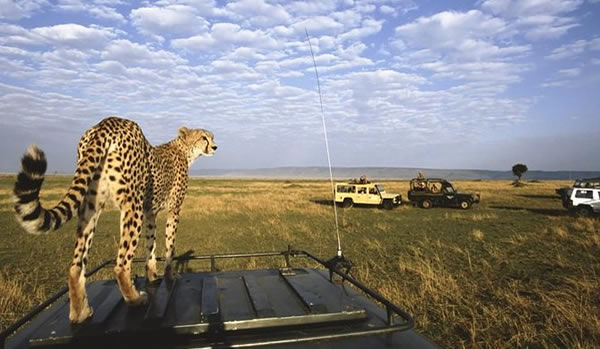Get Expert Travel advice from Safari Specialists for FREE!
Welcome to Safari Web, the award winning complete guide with all the information you need to plan a perfect safari! Are you planning to go on a safari in Africa? This is the ultimate guide to planning and booking an African Safari.
This is the oldest African Safari guide and we have been online since 1996. This is the portal that has been bringing you accurate and up-to-date travel information on safari planning and all that you need to know about Africa. From wildlife, conservation, tours, and safaris to updated local information sourced by working closely with local sources as well as country’s tourism authorities and establishments.



 There is also country-specific information on travel conditions and requirements on taking safaris in East Africa including;
There is also country-specific information on travel conditions and requirements on taking safaris in East Africa including;





























